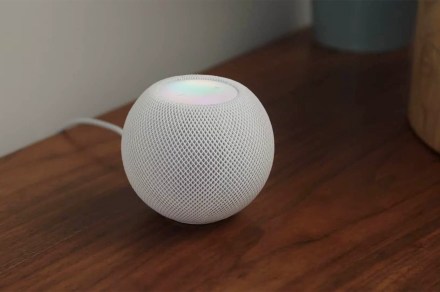Windows 11 is now available in Malaysia and it brings with it a decent array of aesthetic and functional improvements – receiving the update however, isn’t as straightforward for some people; and there are reports of some gnarly bugs that plague the system for some users.
So, to those who’ve yet to make the decision on whether you should go out of your way and get the new OS, I’m going to give you my take on why you probably shouldn’t.
What’s changed?
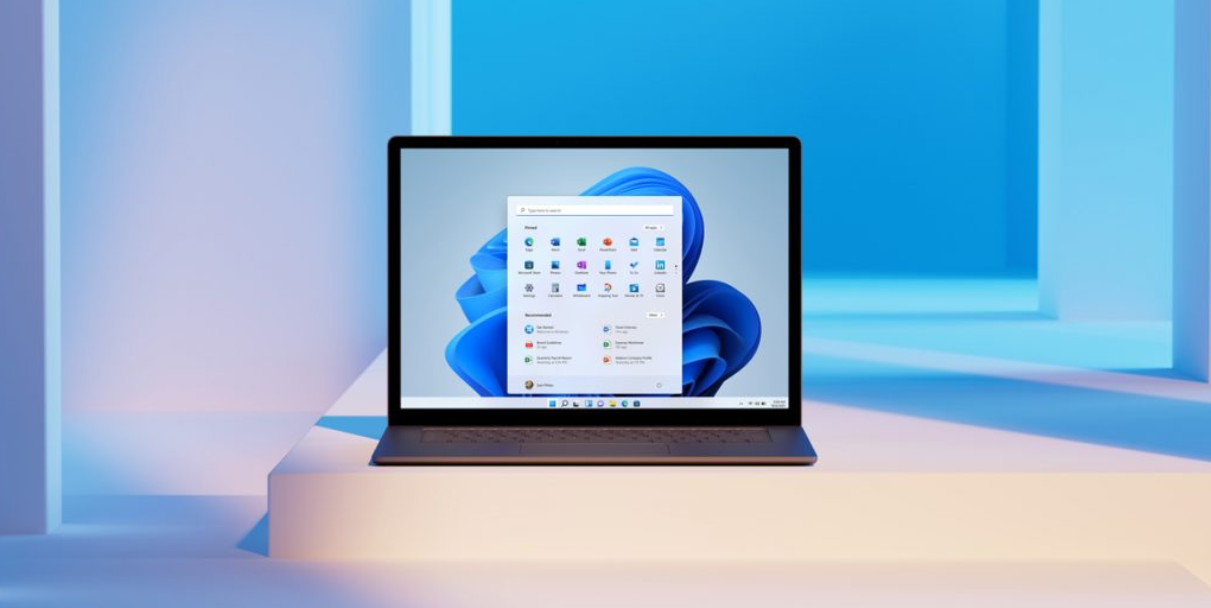 Windows 11 gets a fresh coat of paint and the most drastic design overhaul can be found in the task bar; I hate to say it, but Microsoft has gone the Apple route by relocating it smack-dab in the center of the bottom edge.
Windows 11 gets a fresh coat of paint and the most drastic design overhaul can be found in the task bar; I hate to say it, but Microsoft has gone the Apple route by relocating it smack-dab in the center of the bottom edge.
Also taking a page from the fruit company’s playbook is Windows 11’s new control centre – although at first glance, the placement of all the familiar icons, such as WiFi, volume, and time, look unchanged; simply click on any one of the icons and you’ll be greeted with a pop-up that groups all of the aforementioned features, and more, into one neat space – which is exactly why Apple does with the macOS.
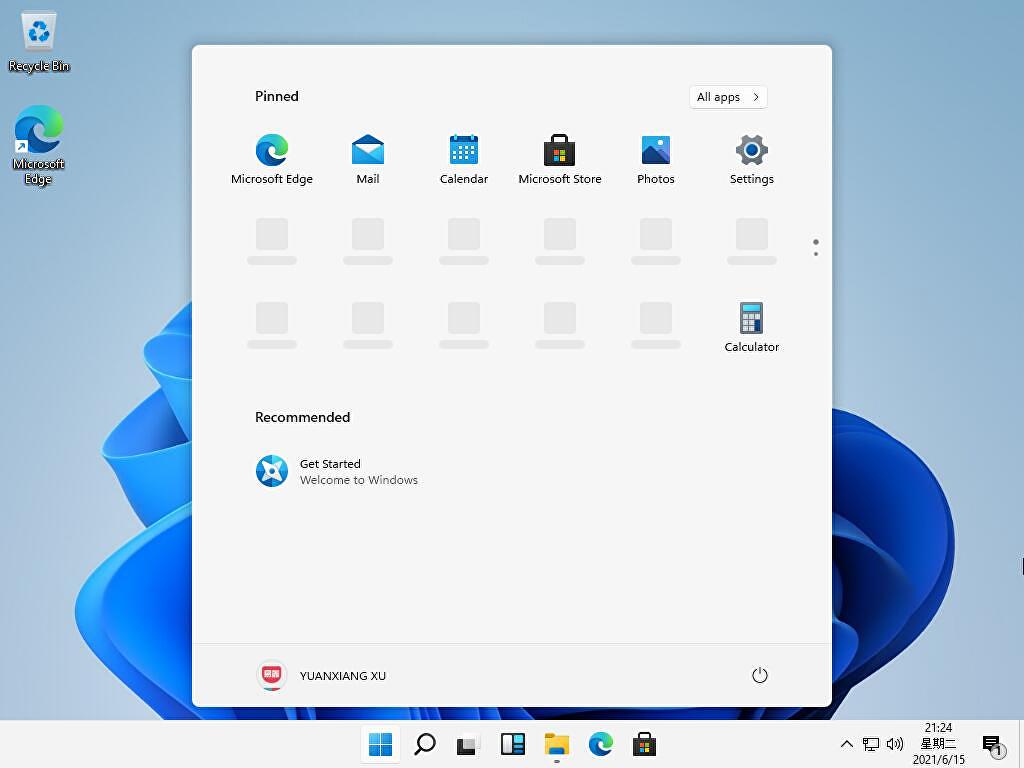 On top of that, windows now have rounded corners – which I think is a nice change, albeit a small one; and you now have easier access to widgets, which is useful for getting all your info in one space.
On top of that, windows now have rounded corners – which I think is a nice change, albeit a small one; and you now have easier access to widgets, which is useful for getting all your info in one space.
Teams is now baked-in with the OS, and you get a nice bump in touchscreen, voice, and pen support – nifty features if you’re using a 2-in-1 device like the Microsoft Surface.
What’s wrong with it?
Not a lot, to be fair – in fact, it’s pretty great; but that’s down to how familiar it feels to use when compared to Windows 10. The new OS doesn’t break new ground or change anything too drastically.
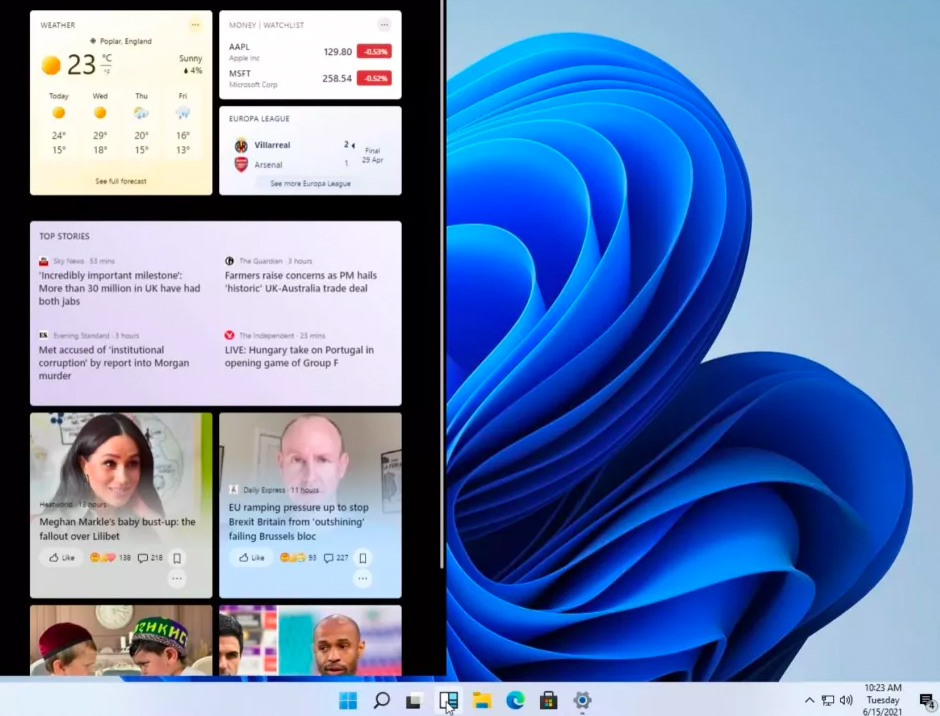 This means that you’ll feel right at home after you’ve upgraded – once you’re done digesting the new aesthetics, that is. This is fantastic news if you’re worried about needing time to adjust and how it may affect your productivity.
This means that you’ll feel right at home after you’ve upgraded – once you’re done digesting the new aesthetics, that is. This is fantastic news if you’re worried about needing time to adjust and how it may affect your productivity.
With that said, there are several known bugs and issues that will definitely make life more difficult if you’re unlucky. One of the more egregious issues is it slowing AMD-powered systems to a crawl – reports have surfaced claiming that the new update can reduce the performance of Ryzen CPUs by a whopping 15%.
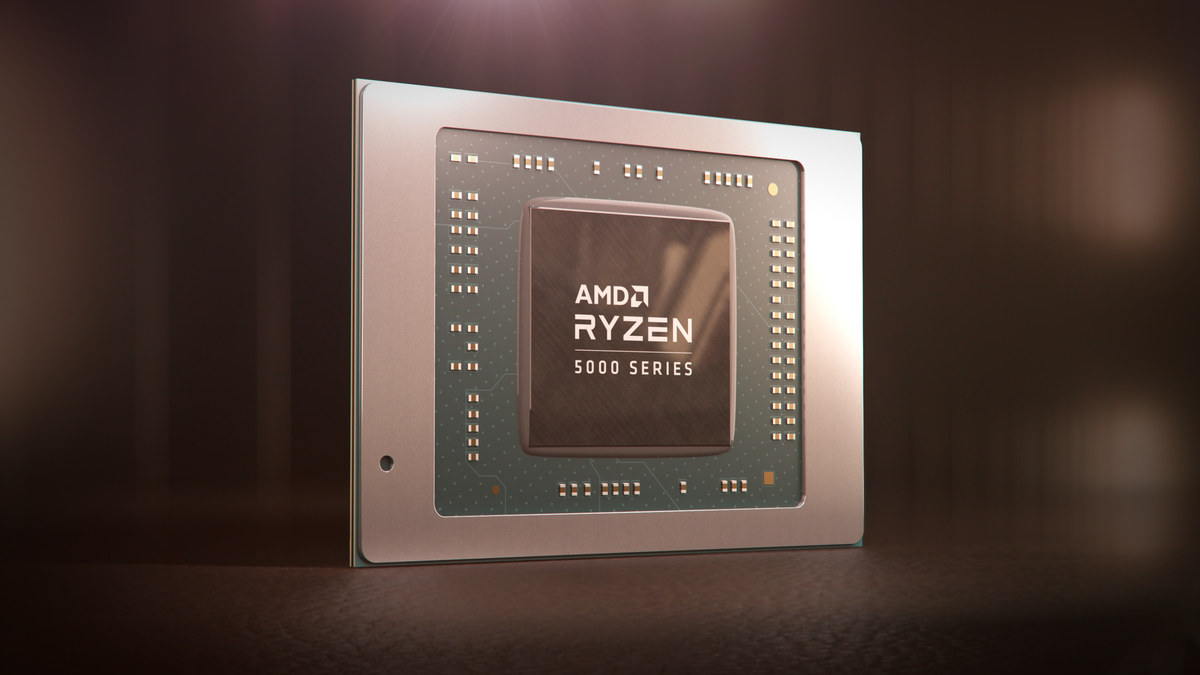 AMD has identified some of the causes being a bug that increase latency in the L3 cache by up to three times – which affects apps that rely on fast memory. Ars Techina points out that certain e-sports games will also see dips in performance of anywhere between 10 and 15%.
AMD has identified some of the causes being a bug that increase latency in the L3 cache by up to three times – which affects apps that rely on fast memory. Ars Techina points out that certain e-sports games will also see dips in performance of anywhere between 10 and 15%.
Besides that, other reported issues caused by Windows 11 include File Explorer memory leaks, taskbars not properly being updated, lag when dragging windows around, and more.
So should you upgrade?
At the moment, I don’t see the OS offering enough to justify you rushing to update your system. At its current state, it functions very similarly to Windows 10 – which is all the more reason why you don’t need update, especially if that means – for you – forking out cash on a compatible device (you can read up on its system requirements here).
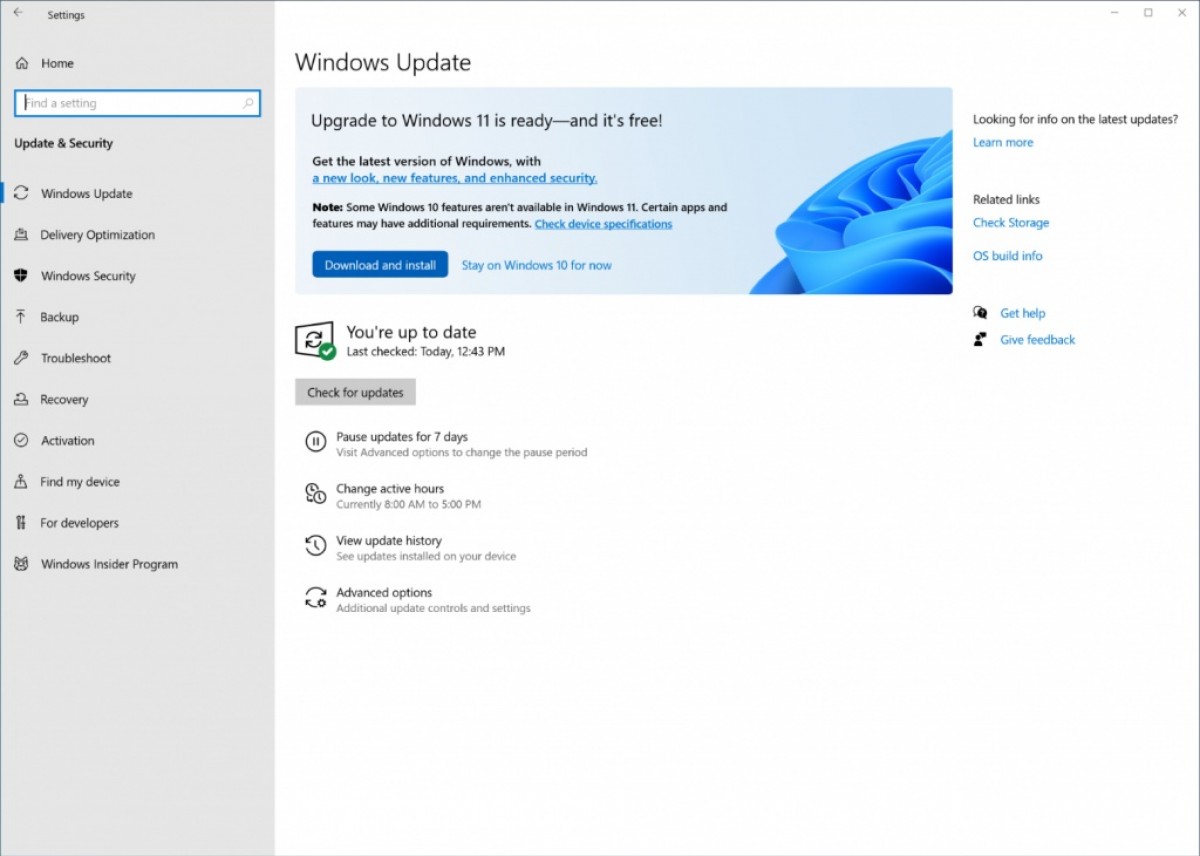 One of Windows 11’s more exciting features – the integration of Android apps – isn’t even available yet. When it is, maybe I’ll change my tone – until then, a fresh look, fancy widgets, and features like Snap aren’t enough to sway me over yet, and it shouldn’t sway you over too.
One of Windows 11’s more exciting features – the integration of Android apps – isn’t even available yet. When it is, maybe I’ll change my tone – until then, a fresh look, fancy widgets, and features like Snap aren’t enough to sway me over yet, and it shouldn’t sway you over too.
Once all the bugs are ironed out, and features made available – then go ahead and click that update button.
Note: This article have been indexed to our site. We do not claim legitimacy, ownership or copyright of any of the content above. To see the article at original source Click Here













